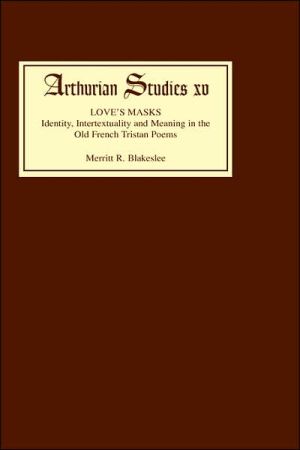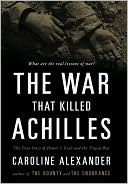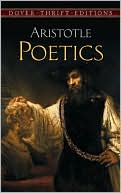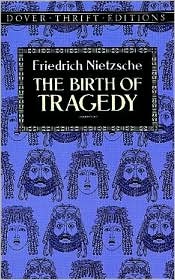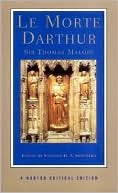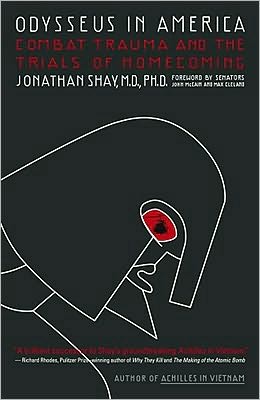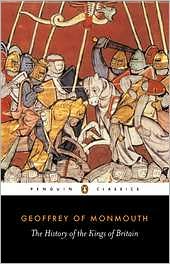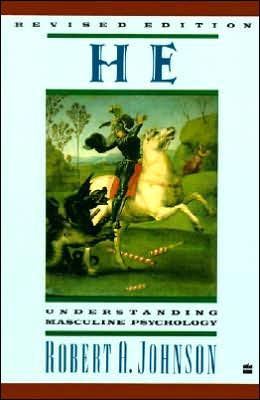Love's Masks: Identity, Intertextuality and Meaning in the Old French Tristan Poems
'Love's Masks raises provocative questions about the Old French Tristan poems and their context and provides some suggestive answers.' Donald Hoffman, QUONDAM ET FUTURUS, Vol. I, No 1 Spring 1991 '-a highly readable, useful overview of theTristan corpus, an excellent introduction for students and a suggestive analysis for specialists.' SPECULUM French Tristan poets of the 12th century worked within a self-contained tradition, though they drew on a variety of sources. In the process of...
Search in google:
'Love's Masks raises provocative questions about the Old French Tristan poems and their context and provides some suggestive answers.' Donald Hoffman, QUONDAM ET FUTURUS, Vol. I, No 1 Spring 1991 '-a highly readable, useful overview of theTristan corpus, an excellent introduction for students and a suggestive analysis for specialists.' SPECULUM French Tristan poets of the 12th century worked within a self-contained tradition, though they drew on a variety of sources. In the process of retelling and embellishing the Tristan matter they elaborated a significant network of connections among the narrative elements of the French Tristan poems. There have been many studies of the relation of a given text to the traditional body of narrative material, but Dr Blakeslee seeks to do something rather different: he traces the poets' conscious thought processes and unconscious associations as they reworked their material. This is achieved through an examination of a single narrative element - the identities of Tristan -in the first generation of French Tristan texts, those versions of the Tristan legend composed in octosyllabic Anglo-Norman or French verse in the latter half of the 12th century and the first quarter of the 13th. Dr Blakeslee studies Tristan's parentage and antecedents, the circumstances of his birth and naming, his education and skills, his physical appearance. He then considers his social identities - knight, musician and hunter -and analyses the narrative function and metaphoric significance of the disguises that he adopts: leper, fool, minstrel, 'Nightingale', pilgrim, and wild man; finally he discusses the hero as victim and saviour, identities that bring together in a single unifying metaphor the varied and contradictory elements of Tristan's persona. The meaning of these identities is seen to arise from the metaphorical development of narrative detail in an earlier version of the legend or in the broader literary and cultural ethos in which the poem was composed.
